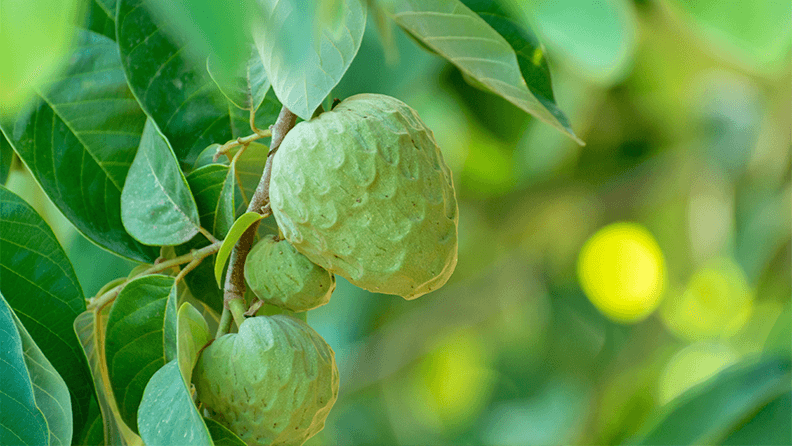Lemon tree
- Scarlet Allen
- Jul 2, 2023
- 2 min read
Citrus x limon

Main bloom time: all year
Bloom color: white
Main bloom time: spring
Harvest time: Most lemon trees can be harvested all year long, but winter is the most common season for harvesting.
Growth: 3–6 meters
Edible parts: Fruit, peel, leaves (for tee)
Other uses: Medicine, cleaning agent, aroma therapy, food preservative,
Plants present at Son Selva: 1
It is almost a must to have a lemon tree in a mediterranean garden. Usually they are placed close to the house, where they are safe from the wind. The trees are small and evergreen and very ornamental.
Although the lemon tree is a symbol of the mediterranean culture, it is native to Asia, primarily Northeast India, Northern Myanmar, or China. Lemons are supposed to have entered Europe near southern Italy no later than the second century AD, during the time of Ancient Rome.
It is in leaf all year, in flower all year.
Lemons need a minimum temperature of around 7 °C , so they are not hardy year-round in temperate climates, but become hardier as they mature. Citrus require minimal pruning by trimming overcrowded branches, with the tallest branch cut back to encourage bushy growth.
A lemon tree will perform best in full sun. It can tolerate some shade, but this will reduce fruiting. It will be equally at home in dry or humid areas. The tree must be protected from strong winds, as leaves can easily be stripped from a tree.

Medicinal uses:
Lemons are an excellent preventative medicine and have a wide range of uses in the domestic medicine chest. The fruit is rich in vitamin C which helps the body to fight off infections. It was at one time a legal requirement that sailors should be given an ounce of lemon each day in order to prevent scurvy. Applied locally, the juice is a good astringent and is used as a gargle for sore throats etc. Lemon juice is also a very effective bactericide. It is also a good antiperiodic and has been used as a substitute for quinine in treating malaria and other fevers. Although the fruit is very acid, once eaten it has an alkalizing effect upon the body. This makes it useful in the treatment of rheumatic conditions. The skin of the ripe fruit is carminative and stomachic. The essential oil from the skin of the fruit is strongly rubefacient and when taken internally in small doses has stimulating and carminative properties. An essential oil from the fruit rind is used in aromatherapy. Its keyword is 'Refreshing'. They also contain coumarins such as bergapten which sensitizes the skin to sunlight.
Other uses:
A semi-drying oil obtained from the seed is used in soap making. An essential oil from the peel is used as a food flavouring and also in perfumery and medicines. A higher quality essential oil is obtained from the flowers. The dried fruit rind can be used as an insect repellent. The juice of the fruit is used for polishing bronze and other metals that have been neglected. Wood - nicely veined, it takes a beautiful polish.
Source: Plants for a Future




Comments